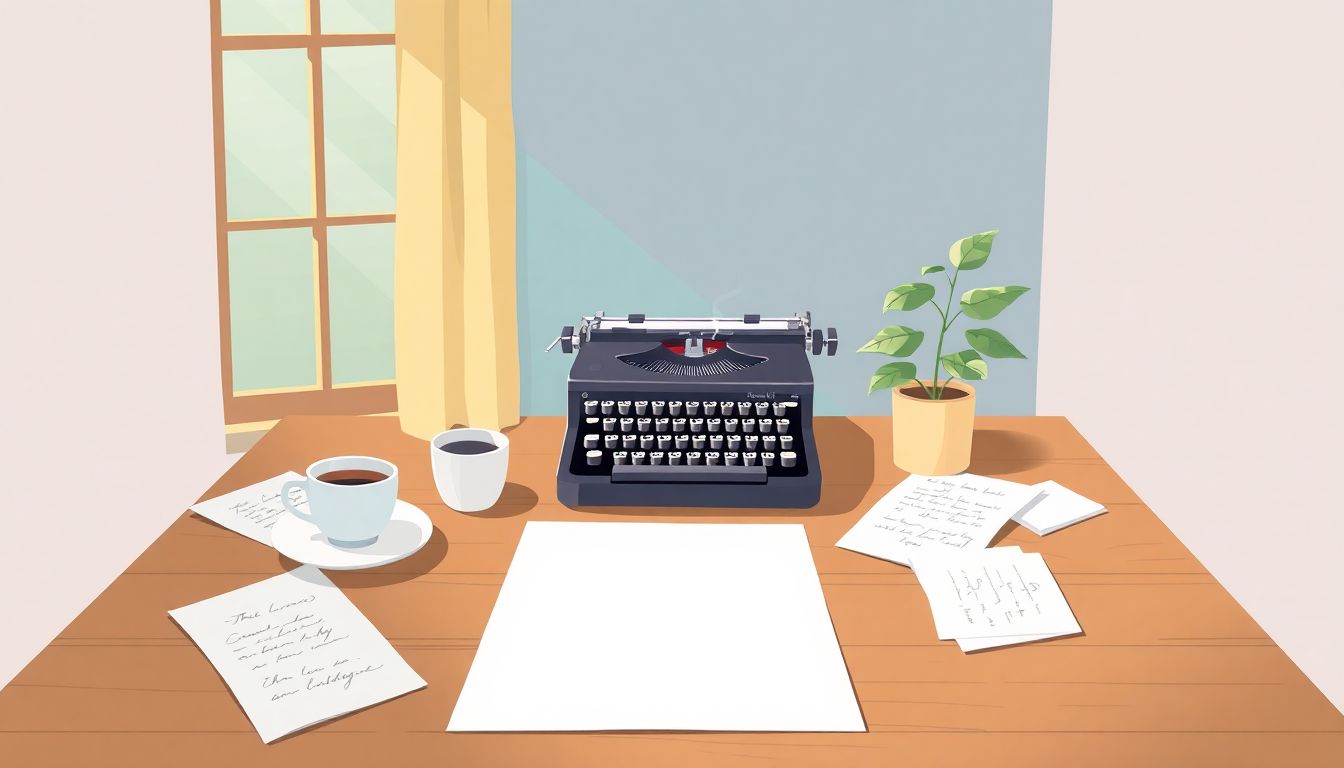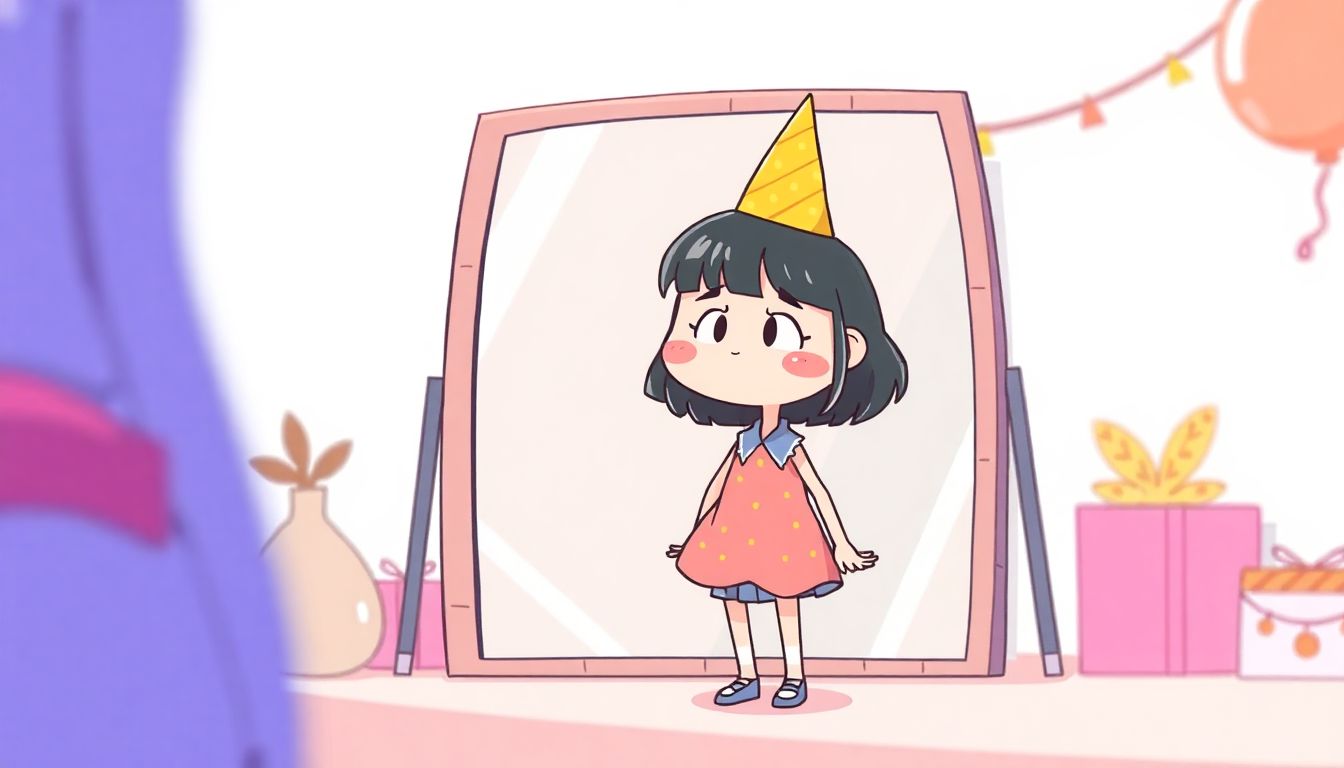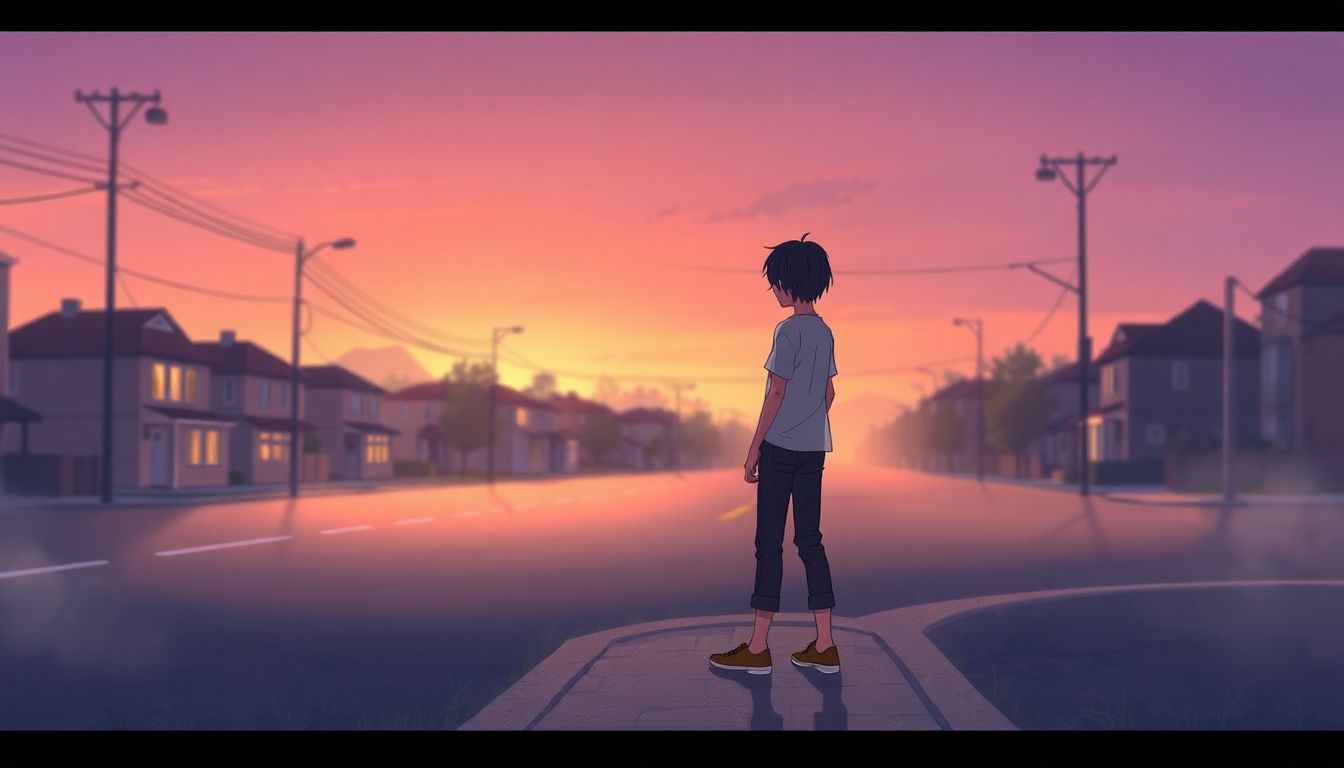If you’re struggling to come up with engaging monologues for your characters, you’re not alone. Many writers find it challenging to capture their characters’ voices in a way that feels authentic and compelling. It can be frustrating to stare at a blank page while ideas swirl around in your head.
But don’t worry! If you stick around, you’re about to discover some fantastic prompts that will spark your creativity and help you craft memorable monologues. Just imagine having an arsenal of ideas at your fingertips that you can use whenever inspiration runs dry.
From emotional moments to hilarious anecdotes, we’ll explore various types of character monologue prompts to fit any scene. Plus, we’ll share tips on how to customize them so you can make your characters truly shine!
Key Takeaways
- If you struggle with character monologues, you’re not alone; prompts can help spark creativity.
- Specificity in prompts leads to richer monologue responses; add detail to generate better content.
- Different types of monologue prompts can enhance character voices—emotional, humorous, and dramatic are key categories.
- Emotional monologues deepen character development, while humorous ones add entertainment value.
- Iteratively refining your prompts ensures you get closer to what you envision for your monologues.

Top ChatGPT Prompts for Engaging Character Monologues
If you’re looking to create compelling character monologues, utilizing ChatGPT effectively can make a world of difference.
Below are some top-rated prompts designed to engage and inspire.
- “Write a monologue from the perspective of a detective who just solved a five-year-long case, reflecting on the emotional weight of the journey.”
- “Create a heartfelt speech by a character confessing their love for someone they’ve known for years but have never told.”
- “Imagine a character standing on a stage, contemplating their biggest failure in life. What do they say to the audience?”
- “Draft a humorous monologue for a mad scientist giving a TED talk about why their latest invention will change the world (or explode it).”
Using these prompts will help you generate varied and engaging character voices that can enhance your writing.
How to Use Monologue Prompts Effectively in ChatGPT
Using monologue prompts effectively involves a few simple steps to maximize your outcomes with ChatGPT.
First, start with specificity. The more detail you provide in your prompt, the richer the response will be.
For example, instead of saying “write a monologue,” try “write a monologue from an elderly grandmother talking about her regrets while knitting a sweater.”
Second, think about the context. Consider the character’s background, current emotional state, and the situation they are in.
Crafting your prompts with context can make the generated monologue feel real and relatable.
Also, don’t hesitate to iteratively refine your prompt. If the first output isn’t quite what you’re looking for, tweak it and ask again.
Finally, focus on balance. Aim for a structure that combines exposition, emotion, and resolution for truly engaging monologues.
For instance: “Create a monologue about a child’s perspective on moving to a new town, blending confusion with hope for new friendships.”
Different Types of Character Monologue Prompts
Character monologues come in many flavors, each serving a unique purpose in storytelling.
You might find them helpful for developing your characters in various ways, such as:
- Personal Reflection: Prompts that encourage characters to reflect on their past, like “Write about a time your character lost a loved one and how it changed them.”
- Storytelling: Prompts that focus on relaying an event, such as “Describe a pivotal moment in a character’s life through their eyes.”
- Conflict-Driven: Prompts that put characters in challenging situations, like “Create a monologue from a politician trying to justify an unpopular decision.”
- Comedic Relief: Write prompts that purposely focus on humor, for example, “Craft a monologue where a character over-explains a mundane task in a ridiculous manner.”
Understanding the types of monologue prompts can help you effectively shape your character’s narrative and voice.
Prompts for Emotional Monologues
Emotional monologues can be some of the most impactful in storytelling.
Here are some prompts that can help you generate powerful emotions through your characters’ voices.
- “Describe a moment of betrayal from a character’s perspective as they confront the person they trusted most.”
- “Write a monologue of a character who has just lost a loved one, expressing their grief and longing.”
- “Create a heartfelt dialogue from a character reflecting on the love they never confessed to someone special.”
- “Generate a monologue of a character who’s fighting addiction, talking about their struggles and hopes for recovery.”
Emotional monologues bring depth to characters by allowing their innermost thoughts and feelings to surface.
For more creative spark, check out our post on prompts for creative writing to enhance your storytelling techniques.

Prompts for Humorous Character Monologues
Humor can add a delightful twist to your storytelling by revealing quirky character traits.
Here are some prompts you can use for crafting funny monologues:
- “Write a monologue from a character who mistakenly believes that every social gathering is a surprise party for them.”
- “Create a hilarious rant from a character who can’t decide on a dinner order, comparing all options in absurd detail.”
- “Draft a monologue where a forgetful librarian tries to recall all the overdue books they’ve lost track of, painting a comically chaotic picture.”
- “Imagine a character giving a tutorial on how to properly fail at being an adult, filled with ridiculous life hacks.”
Using these humorous prompts can infuse your writing with laughter and keep readers entertained.
Prompts for Dramatic Character Monologues
Dramatic monologues can create tension and deep emotional connections with your audience.
Here are some dramatic prompts to consider:
- “Write a monologue from a soldier after returning home, caught between relief and survivor’s guilt.”
- “Create a passionate declaration from a character who’s finally ready to confront their abuser after years of silence.”
- “Draft a monologue for a character torn between love and duty, expressing their internal struggle amidst a chaotic scene.”
- “Imagine a character standing at a crossroads, delivering a heartfelt speech about the life choices that led them there.”
These prompts are designed to evoke strong emotions and heighten dramatic tension in your narratives.
Tips for Customizing Your Character Monologue Prompts
Customizing prompts can significantly enhance the uniqueness and depth of your character monologues.
Here are some effective tips:
- Focus on character backstory. For example, “Write a monologue for a character who was a child prodigy but never achieved the success they were expected to.”
- Consider specific settings. A prompt like “Describe a character’s thoughts during a thunderstorm that mirrors their inner turmoil” can set the scene beautifully.
- Incorporate character goals. For instance, “Generate a monologue of a failed comedian planning their comeback, revealing their fears and aspirations.”
- Iteratively refine your prompt to pinpoint exactly what you need. If you don’t like the first result, modify it and try again—this is key to getting great output.
Adapting your prompts in these ways creates richer and more engaging character portrayals.

Examples of Character Monologues Generated by ChatGPT
Seeing is believing, and character monologues created by ChatGPT can serve as a goldmine for inspiration.
Check out these examples to help you visualize how prompts can transform into powerful narratives.
- “Write a monologue from a terminally ill patient reflecting on their life choices while sitting on their hospital bed.”
- “Imagine a character standing on a deserted street corner, deciding whether to return to their past life or move on.”
- “Create a speech for a character who’s just won a big lottery, contemplating the unexpected consequences that money brings.”
- “Draft a monologue of a villain explaining their motivations to the hero, shedding light on their backstory.”
Using such examples not only sparks creativity but also provides a realistic idea of how to craft authentic voices.
Why Character Monologues Are Important in Storytelling
Character monologues play an essential role in storytelling by giving depth and insight into character motivations.
They provide a platform for characters to express their thoughts, fears, and desires directly to the audience.
This kind of narrative tool fosters a deeper emotional connection, allowing readers or viewers to empathize with characters.
Moreover, monologues can significantly enhance plot development, revealing key information and driving the story forward.
In literature and film, they can serve as pivotal moments that highlight thematic elements, injecting drama and tension into the narrative.
Common Mistakes to Avoid When Writing Monologues
Writing monologues can be tricky, and avoiding common pitfalls can make your work significantly stronger.
First, avoid making your monologues overly lengthy; keep them concise to maintain audience interest.
Secondly, ensure consistency in character voice; a sudden shift can confuse readers.
Emotional depth is crucial—don’t ignore it, as it can make your monologues feel flat or unengaging.
Be careful with storytelling consistency; a monologue that contradicts earlier established traits can disrupt narrative flow.
Always remember that audience engagement is key; don’t lose your audience in a sea of introspection.
Boost Your Creativity with These Unique Monologue Prompts
If you’re looking to inject some fresh ideas into your writing, these unique monologue prompts are just what you need.
- “Write about an alien who just landed on Earth, trying to understand human emotions through a personal experience.”
- “Create a monologue from a time traveler who regrets changing a small detail in the past that led to disastrous consequences.”
- “Imagine a childhood imaginary friend addressing their creator on their last day of existence, expressing their fears and joys.”
- “Draft a monologue for a talking pet explaining what life is really like for them when their owners aren’t home.”
By playing around with these prompts, you can stretch your creative muscles and explore new dimensions in character development.
FAQs
Character monologues are extended speeches by a single character that reveal thoughts, emotions, and motivations. They are crucial in storytelling as they provide depth and insight into character development and drive the plot forward.
To customize monologue prompts, consider the character’s background, emotional state, and specific desires. Tailor the prompt to include unique scenarios or challenges that resonate with your story, enhancing creativity and engagement.
Common mistakes in monologue writing include lack of focus, overly long speeches, and absence of emotional depth. Ensure the monologue flows naturally and reveals something significant about the character while maintaining a clear purpose.
ChatGPT can assist in generating engaging character monologues by providing a variety of prompts tailored to specific emotions or themes. Users can explore different styles, enhancing creativity and sparking new ideas for storytelling.
